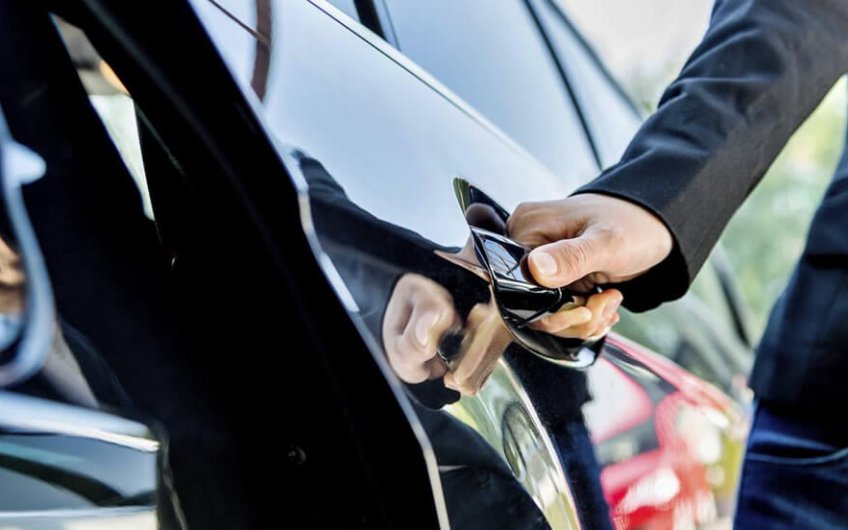
On 9th May, a new VTC regulation in Madrid was approved. Private hire vehicles has suffered limitations in the services they conduct. This has affected transit time, parking in certain places and a limitation of mileage without passengers.
It should be indicated that currently, the Community of Madrid does not grant new VTC licenses as there is still a greater proportion of those allowed by state law with respect to private hire. In this sense, the following text references the Organic Law of Land Transport (LOTT), with national scope.
It is important to note that the Spanish government has recently given the power to the Autonomous Communities to regulate the operation of VTCs in their territories. In some cases, such as in Catalonia, there has already been legislative development.
There is also a possibility that some municipalities will develop regulations that affect passenger transport management. The most distinguished cases are in Barcelona and Madrid, although regulation is also expected to extend to other metropolitan areas.It is important to note that there have already been some cities in the United States that have started regulating the sector.
As a result, the regulatory changes are applied at a municipal level, and the City Council of Madrid has approved an ordinance project that will regulate the sector. We give you the key points on the most important changes taking place within the new framework.
The maximum driving time for VTC vehicles is 16 hours. This breaks away from the lack of prior regulation in which technically drivers could have been circulating for 24 hours a day.
Another important aspect is a limit on the amount of days per week that VTCs can circulate, as they can now only have 5 working days a week. A limit on working hours is designed so that there is an enforced rest period. This is not only to match other licenses but is also so that VTC drivers have the right to rest. This works as a method to avoid situations in which there is unfair competition.
The new regulations require two days rest a week, of which at least one has to be on the weekend. However, it should be noted that on special occasiones the council can lift this restriction.Equally, wheelchair adapted cars can have continous circulation.
With the recent bylaw that has just been approved by the Government Junta of Madrid, vehicles with a VTC license will not be allowed to stop to pick up passengers less than 100 metres from stations, airports or interchanges. Nor will they be able to stop in the bus lanes.
The new regulations will limit the distance travelled without passengers according to emissions standards.
Category C vehicles will have their mileage capped at 25% without passengers. VTC vehicles within category B will have a mileage limit of 35% and ECO cars at 50%. Those with category 0 can reach 65%.
From now on, cars with VTC license will have stricter limits on where they are able to circulate within the municipal area of Madrid. As a general principle, a model more than 10 years old will not be allowed to operate with this license or provide a service. Any vehicle registered more than 10 years ago will not be able to circulate and, in addition, the service provider will be forced to replace it.
It is good to remember that the city council of Madrid already has a restrictive policy with older vehicles, especially if they are diesel. This is a way of limiting the VTC vehicle fleet so that in the near future it will reach the level of equality required by the LOTT.
The VTC Madrid regulation is restrictive, and follows the wake of other administrations that have imposed limitations, such as the Generalitat of Catalonia.The limits on working hours, travel and age are moving in that direction.